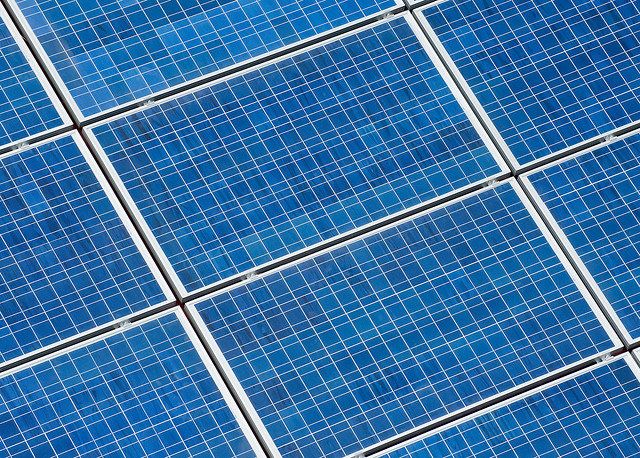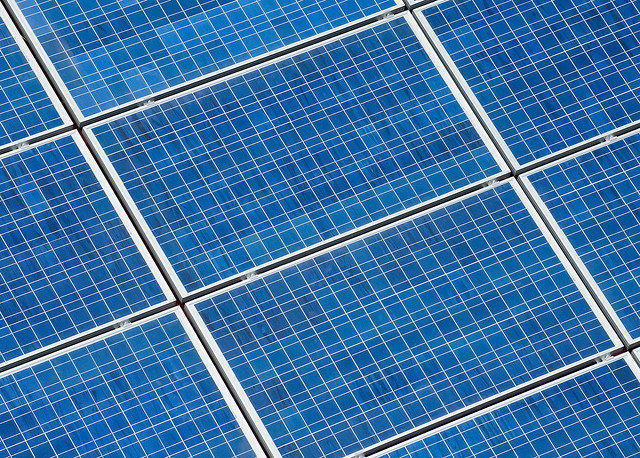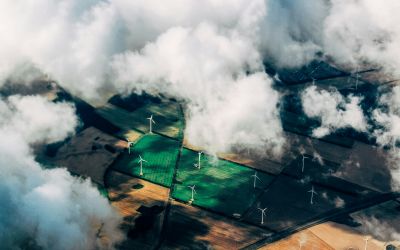South Africa unveils plans for world’s largest solar power plant
Plans are unveiled for the world's largest solar plant, which could provide one tenth of South Africa's energy needs within a decade.

 South Africa is expected to unveil an ambitious proposal this week for what it claims could be the world's largest solar power plant. The project, which is expected to cost up to 200 billion rand (£18 billion) would aim to provide an annual output of five gigawatts of electricity by 2022-approximately ten per cent of South Africa's current energy consumption.
South Africa is expected to unveil an ambitious proposal this week for what it claims could be the world's largest solar power plant. The project, which is expected to cost up to 200 billion rand (£18 billion) would aim to provide an annual output of five gigawatts of electricity by 2022-approximately ten per cent of South Africa's current energy consumption.
The project would see giant mirrors and solar panels being spread across a 9,000 hectare area in the Northern Cape province, which is among the sunniest 3 per cent of the Earth's surface and experiences minimal cloud or rain.
Earlier this week, project manager Jonathan de Vries stated, "I'd hate to make a large claim but yes, this would be the largest solar park in the world." Commenting on the location, he said, "It hardly ever rains, it hardly has clouds. It's even better than the
Sahara desert because it doesn't have sandstorms."
Before the project goes ahead, however, the government must convince a range of both foreign and domestic investors to provide much needed capital. An estimated 200 investors will meet this week in Upington, Northern Cape, where talks will begin as to how the ambitious project could be funded.
The plan recently received an extremely positive feasibility report by the Clinton Climate Initiative, which described South Africa's "solar resource" as being one of the best in the world. As a result, US construction company Fluor has aimed to complete a detailed plan of the project in time for this week's investors' conference.
Brad Friesen, vice-president of renewable power at Fluor, stated, "South Africa has one of the best solar resources on the planet, and we think this is a great project, which is absolutely doable."
The plant would be a welcome addition in a country which is still more than 90 per cent dependent on fossil fuels. In April this year, the World Bank approved a controversial £2.37 billion loan to South Africa to build one of the world's largest coal-fired power plants. 
Energy is of high priority in the area. South Africa currently consumes some 45-48 gigawatts of power per year and this is expected to double over the next 25 years. The percentage of households with electricity has risen from 40 per cent to 83 per cent in the last 16 years. Power shortages are still common, however, in both townships and middle-class suburbs.
The resulting expectation surrounding the project has caused concern among those who feel the scale of the plan is simply too ambitious. Vivian Alberts, a University of Johannesburg professor warned that the sheer size of the project posed a "real danger" of failure and that the government should consider instead implementing the project in smaller sections.
Indeed, De Vries announced this week that new data suggested, "instead of one big park, as originally envisaged, it might be three or four smaller parks in a solar corridor."
The first phase of around 1000 megawatts, which is similar to a medium-size coal power station, would come largely in the form of fields of photovoltaic (PV) solar panels. These panels are expected to start producing power for the South African grid by 2012.
If this project is successful and proves to be cost competitive with coal and nuclear energy, the South African government will no doubt green light further solar projects. De Vries concluded on the role of solar power as a renewable energy source,
"Solar power isn't a panacea that will cure all but it's a part of the solution, and a very important part."
Author: Tom Watts | Climate Action
Images: Wayne National Forest & Lance Cheung | Flickr






